Functional spaces like basements can also be aesthetically pleasing. One way to do that is by hiding the exhaust pipes that run along its walls from plain sight. To help you do that, we have put together some ideas for you.
To conceal your furnace exhaust pipes, here are three ideas you can adapt:
- Build an enclosure for your pipes.
- Paint the pipes.
- Hide the pipes behind furniture and fixtures.
In this article, we will take a closer look at how to keep your exhaust pipe out of sight, both inside and outside of your home. We'll also see how to maintain your exhaust pipe to keep it in ship shape for years to come. Read on to learn more!
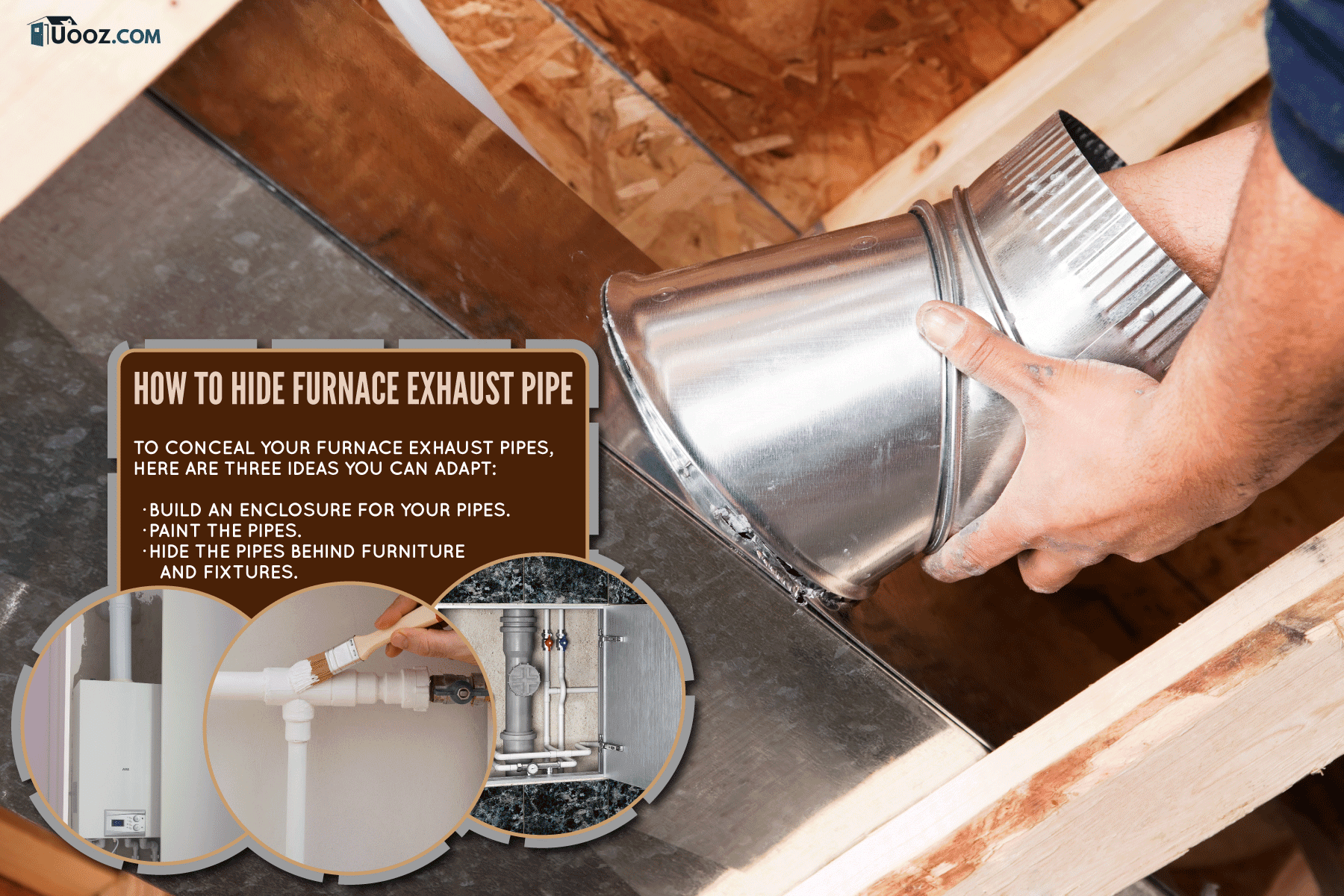
How To Conceal Furnace Exhaust Pipe
Exhaust pipes are important in maintaining clean air in your homes but can also be a total eye sore. So we listed some things you can try to blend function with style.
Build an enclosure for your pipes
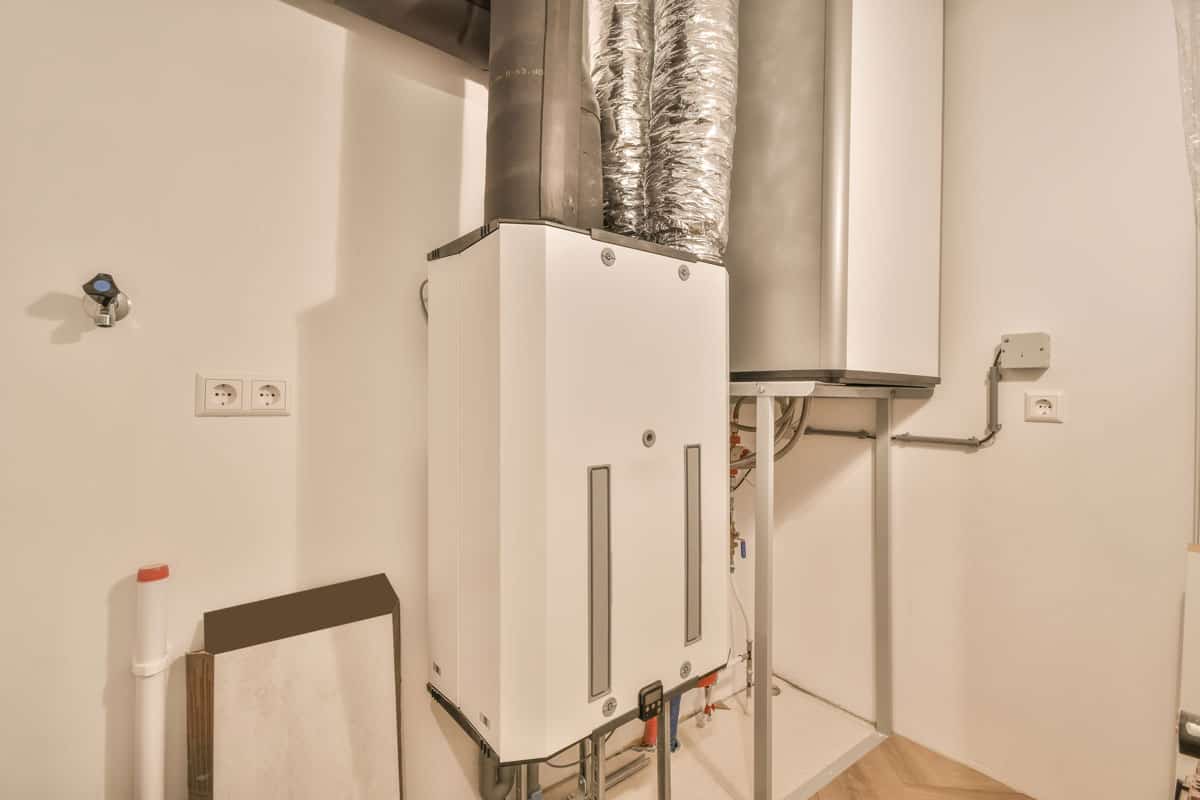
One of the most straightforward ways to hide your pipe is to build a wooden enclosure around it. Before you start building, you need to plan how you want to build the enclosure and the material to be used.
- Choose the type of wood to use. The type of wood should be compatible with the environment of the basement. For example, if your basement is prone to dampness, choose a wood that works well in a humid environment, such as teak.
- Prepare basic carpentry tools to be used such as measuring tape, pencil, saw, fasteners, measuring tape, power drill, screwdrivers, and wood glue. For the wood, you will need 2x4 lumber and Plywood or scrap wood, if you have those available.
- Once your tools are ready, you can start by measuring the space around the pipes. In deciding on the dimensions of your enclosure, make sure to give enough clearance from the pipe and surrounding fixtures.
- Next, cut the wood according to your measurements and desired build of the box enclosure. Use a pencil to mark the cut lines. You can use a table saw to cut the wood accurately. If your wood parts are of the same sizes, you can use the first piece as a ruler to guide the cut of other matching pieces.
- Now, attach the lumber to the wall, floor, or ceiling. But first, test fit the lumber from the starting point to the end of the enclosure and adjust as necessary. Check if the attachment points have studs. You can use a stud finder to help you find the location of studs in the drywall. If there are no studs, you will want to use a drywall anchor for your screws.
- Once the attachment points are cleared, you can screw the lumber against the wall. For walls that are hard like concrete and brick, you can use a hammer drill and hex-head screws.
- To finish the box enclosure, assemble the cover that goes across the wall. Attach the lumber at the upper end of the plywood with wood glue and stand the assembly with the lumber facing the wall. Connect and glue together the lumber on the wall and the upper end of the side-cover assembly with a short piece of wood. Try to distribute the wood connector at an equal distance along the entire length of the enclosure.
- Finally, sit and glue the top cover of the box enclosure to complete the box.
- For a polished finish, you can choose to sand, paint or stain the wood enclosure. Choose a finishing scheme that is compatible with the surroundings. If you decide to paint or stain the wood, make sure to shut your heating system off first. Paint and stains fumes are combustible. So make sure to ventilate your basement and be rid of the fumes before turning your heating system on again.
You can see an example of this process in the video below. In this case, he even blends his enclosure with the wainscotting and trim!
Paint the pipes
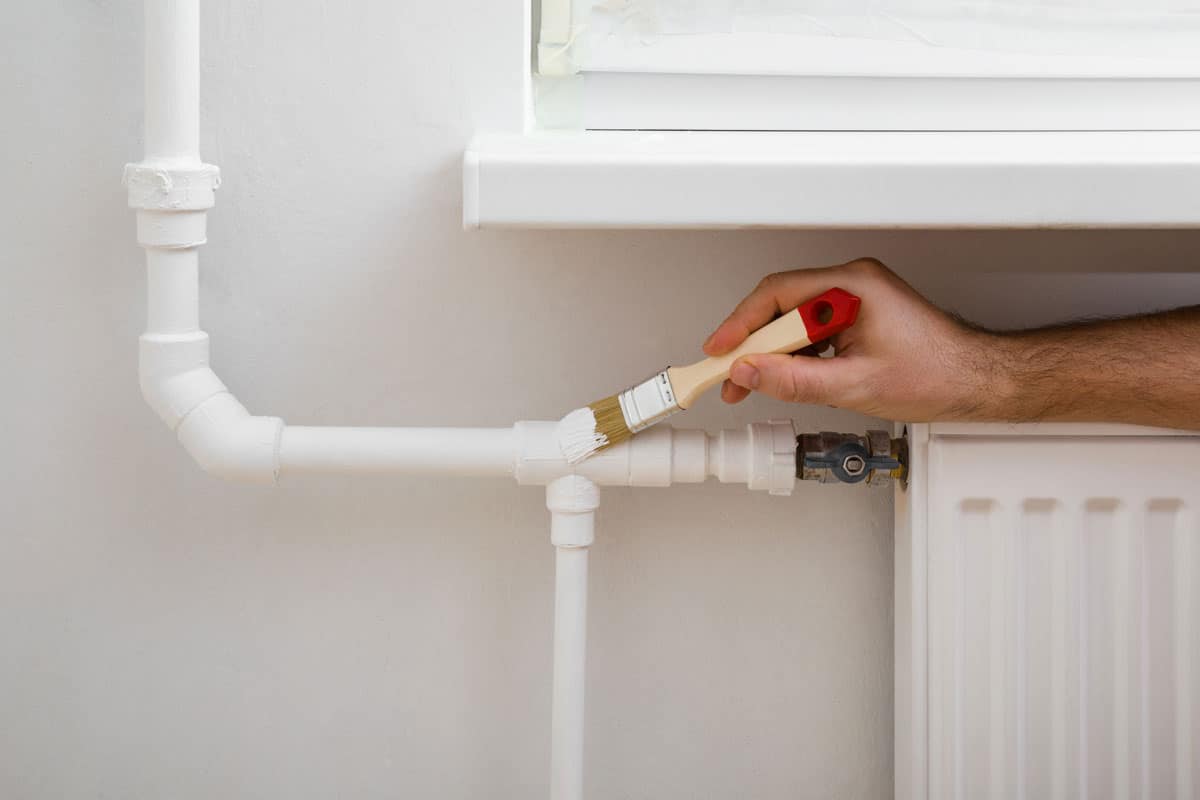
If you're not very good with woodwork, there are still ways to make your pipes look more pleasant. You can try to paint your pipes. But put to mind that exhaust pipes can get very hot, so it would be ideal to use high heat paint.
Before the paint, spray your pipes with high-heat primer. Shake the spray can for 1 minute to make sure the primer is mixed well. Hold the can 8-12" away and in a steady motion, spray the pipe. Spray 2-3 light coats with a few minutes gap between each coat. Allow the primer to dry for an hour. It is important to properly apply the primer so that the paint adheres better and the pipe surface is protected.
Click here to buy this high-heat primer on Amazon
After the primer, apply high-heat spray paint to your exhaust pipes. The application of the paint is the same as the primer. After 2-3 coats, let the paint dry for 1-2 hours.
Check out and purchase this high-heat paint on Amazon
This brand's colors come in 4 varieties of gloss, flat black, flat aluminum, and flat red. The color scheme you choose depends on your style palate. You can either match the color with your surroundings or go with bold choices.
Again, remember to shut off the heating system and ventilate the basement before painting. Also, you might want to wear protective gear when painting. Protect your eyes, nose, and clothing.
You can learn more about best painting practices in our article: Can You Wait Too Long Between Coats of Paint?
Hide the pipes behind furniture and fixtures
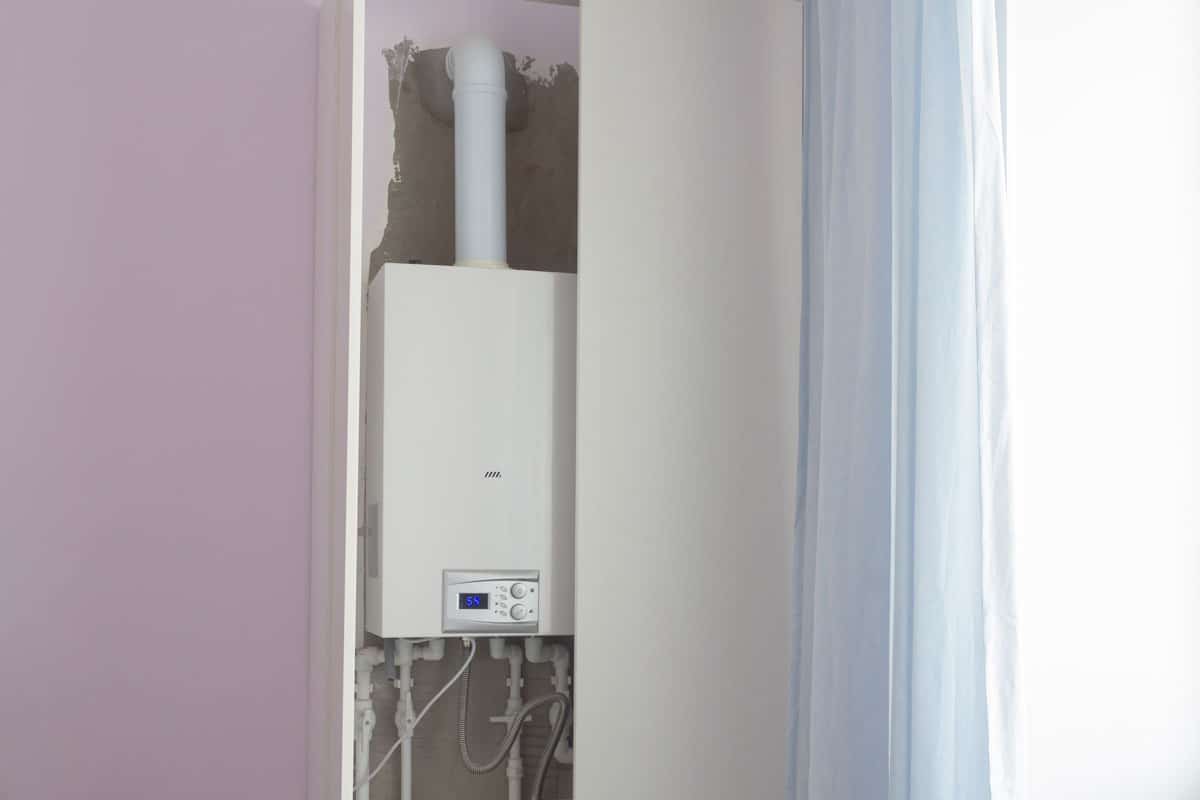
For horizontal pipes that run near the floor line, you can use a big piece of furniture like a couch, or an appliance like a washing machine to hide them. For vertical pipes, you can consider using a bookcase or even an entertainment center to conceal the pipes. You can also light fixtures like decorative screens and full body mirror as cover.
Caution: First, before starting with any of these projects, make sure your furnace is turned off. Allow the pipes to cool down to lessen the risk of burns. Second, make sure to leave enough clearance between the pipes and the furniture/ fixtures to avoid damage from direct heat exposure.
How To Hide Pipes Protruding From Exterior Wall
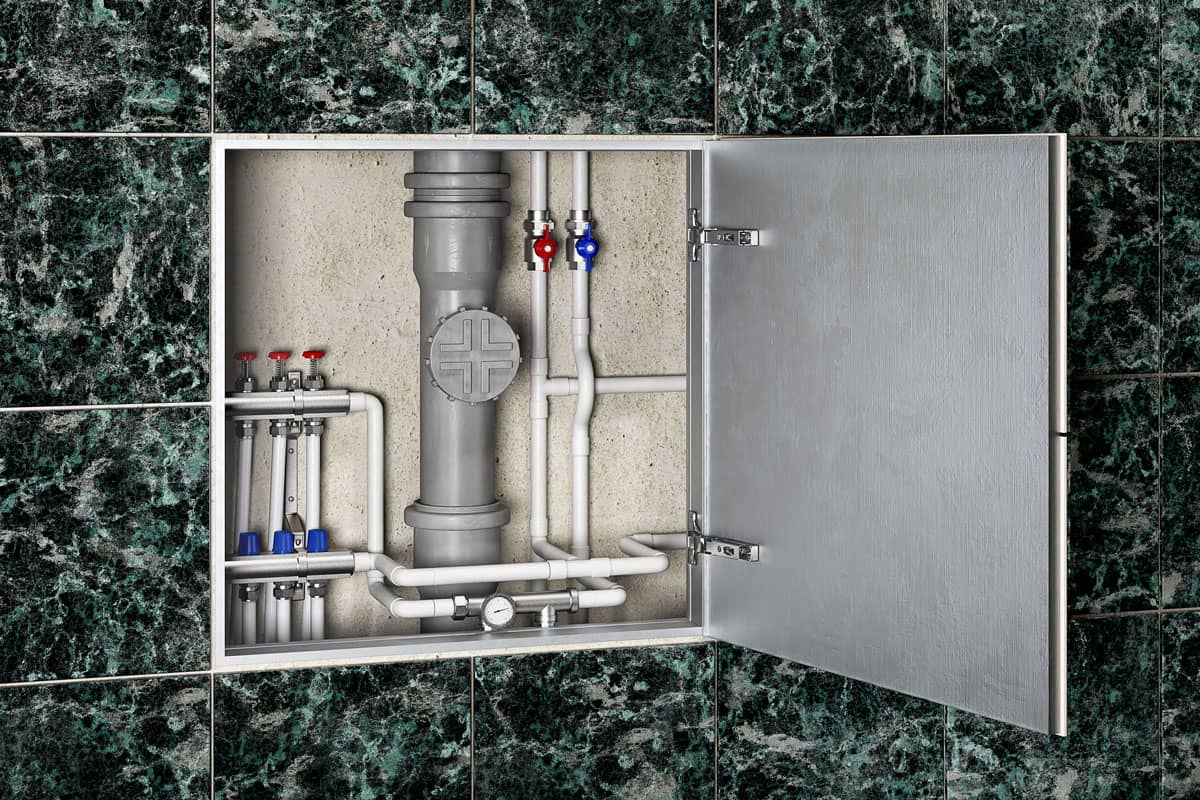
Now, these pipes do not only run inside your home; they also extend some 2 feet out from your exterior wall. So for this problem, there are 2 options to choose from. You can either paint your pipes or use a garden screen.
Bamboo screen
An exhaust pipe can reach temperatures of 300-400°F. This temperature range is hot enough to melt PVC pipes. That is why furnace pipes are metal. This is also the reason why plants are not a good choice as a cover medium for furnace exhaust pipes.
A good and cheap option to hide protruding pipes from your exterior wall is a bamboo screen. It is cheap and aesthetically pleasing and, compared to timber, it can withstand high temperatures better. According to studies, bamboo is able to retain 20%-40% of its tensile strength at 392°F.
The drawback of bamboo screens is that prolonged exposure to high heat discolors the wood to a darker shade. If you have good yard space, you may position your bamboo screen at least 5ft away from the furnace exhaust pipes.
You might also be interested to read this article: 9 Best Natural Fences For Your Backyard
Corten steel
If your budget is a bit more flexible for this kind of project, corten steel is also a good choice material for the cover. This steel is also called weathering steel and is used in constructing bridges primarily for its corrosion-resistant properties.
Apart from corrosion resistance, it also performs well in high-temperature conditions. With this as your go-to material, you won't have to worry about yard space. Exposure to temperatures up to 1200°F had insignificant effects on its toughness. However, make sure to leave enough clearance for the fumes to effectively dissipate and not back up into the house.
With the influence of weather, this steel forms a protective layer of rust. This rusty color matches well in garden settings because of its earthy tone. It also gives more room for creativity as the designs can be customized to fit the individual artistic styles of homeowners.
How To Maintain Furnace Intake And Exhaust Pipes
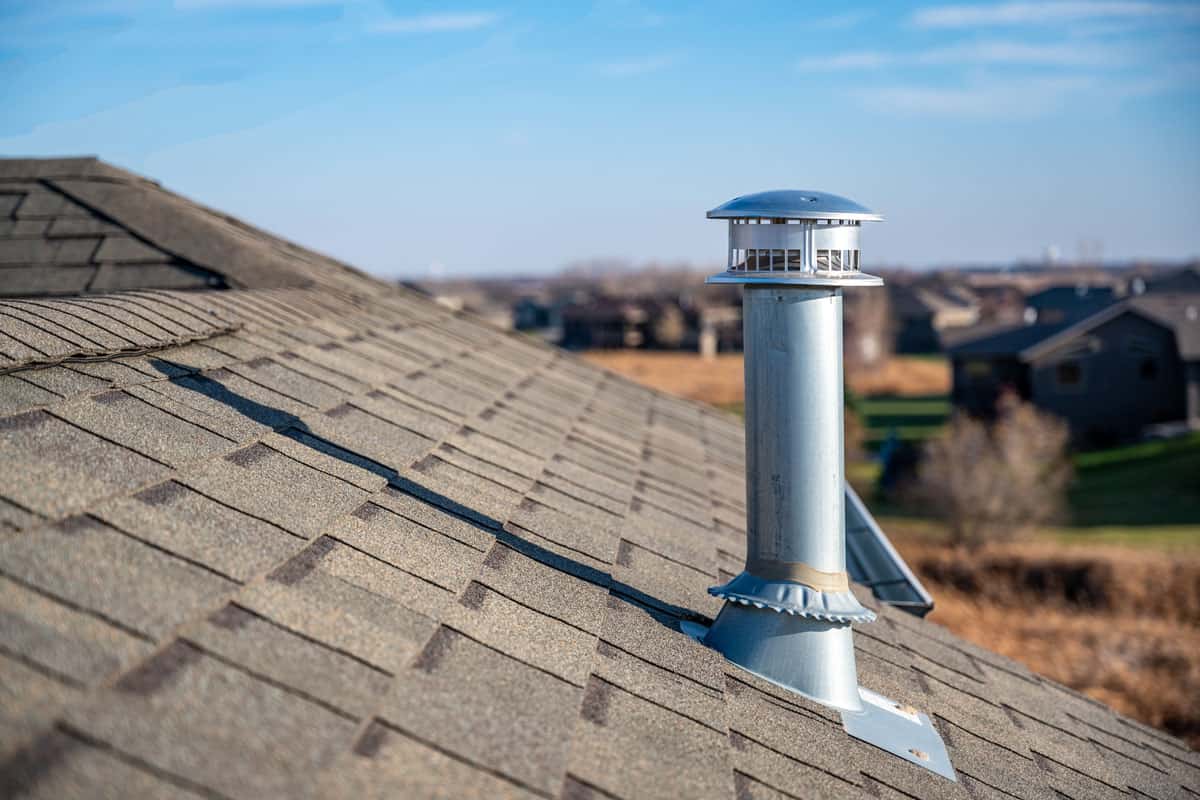
Keeping functional furnace pipes is very important in the quality of heating and air at home. That is why it is crucial to inspect and clean your pipes regularly.
Professionals recommend inspecting your pipes for clogs every 2 weeks. Look inside the pipes to make sure there are no debris, nests, or dead animals that might block airflow.
Also, when installing your furnace pipes, make sure the exhaust opening is facing up and the intake down. This is to prevent exhaust gases from coming back into the house through the intake. It is also for the same reason that sidewall vents should not be located near any windows or doors.
You also need to make sure that a 5ft clearance around the pipes is observed. Cut plants growing nearby and remove clutter surrounding the pipes.
In Closing
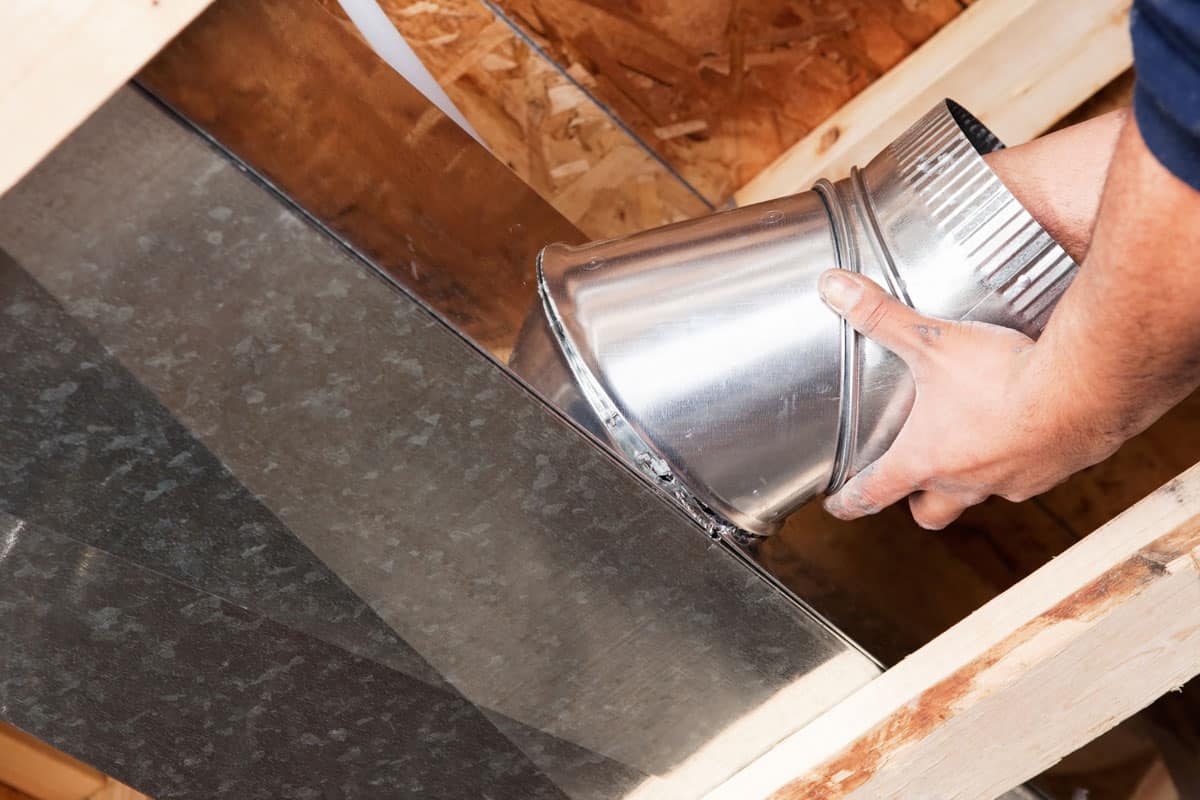
Overall, there are various options available to help you hide the furnace pipes inside and outside your home. We've seen how to cover them with new construction, paint, and clever furniture arrangement inside as well as bamboo and steel outside.
With all DIY projects, especially those involving the furnace, make sure you take the proper precautions to keep you, your family, and your home safe.
If you enjoyed this article, you may also like these posts:


